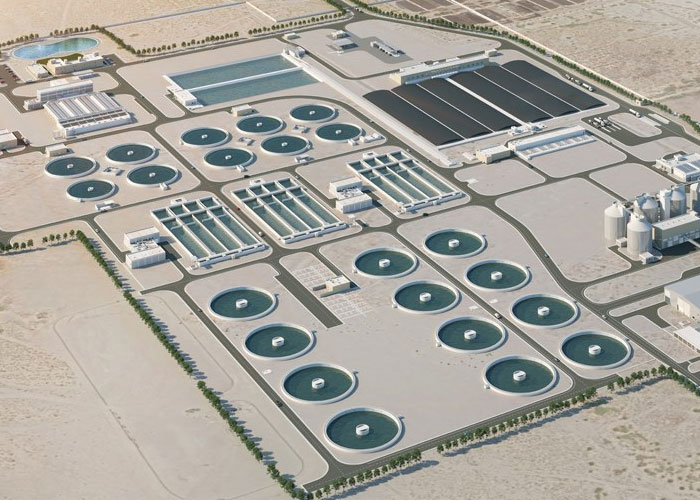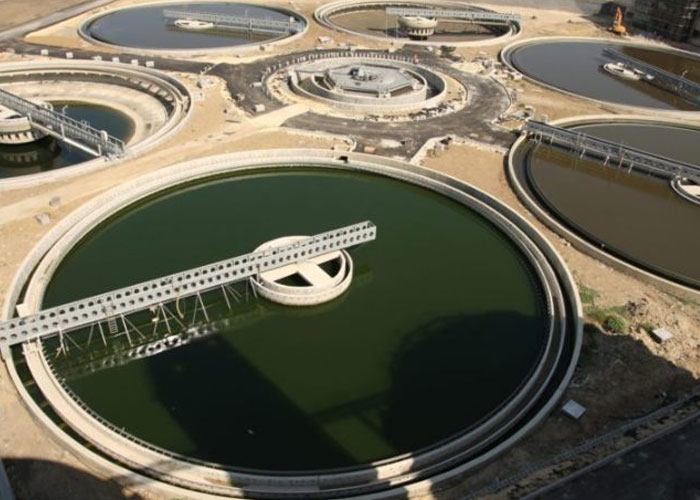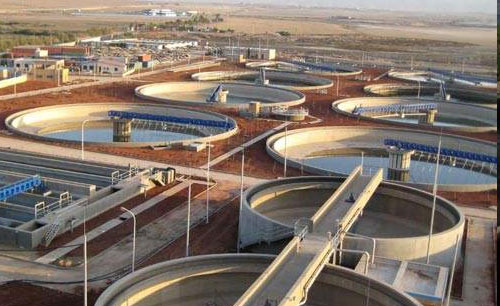There are several cities in India with wastewater recycling plants. Water recycling plants have been built at the Bengaluru International Airport, Bharath Electronics Limited, Rail Wheel Factory, Indian Tobacco Company, and the Indian Air Force. All construction firms in India must recycle their wastewater and repurpose it for agricultural and nursery purposes. The process of reusing treated wastewater has also led to the recovery of nutrients that are used as fertilizer.
Depending on the location of your home, you might have to purchase an STP to handle your sewage. Generally, residential buildings need at least one STP to treat sewage. Many STPs are located underground, making them difficult to maintain. Moreover, you may not be able to inspect them without hiring an expert. It is better to consult a professional if you have any doubts about the process.
China is leading in water recycling in the world
In China, the use of recycled water has increased in recent years. By 2020, the city is expected to recycle 16.1 billion cubic meters of water, up from 15.8 billion cubic meters in 2010. Recycled water is rainwater and wastewater that meets quality standards and is ready to be reused. Some cities have already begun using recycled water to combat waterlogging. The government plans to boost the efficiency of recycled water usage.
While many countries have made progress toward water recycling, China is far ahead of the rest of the world. In 2003, the city of Beijing passed a law that required cities to recycle wastewater. In many cities, used water is piped to a wastewater treatment plant, which undergoes a multi-stage process to remove pollutants. Many cities then release treated wastewater into surface water bodies or truck-separated sludge to landfills. Nearly half of the large wastewater treatment plants use anaerobic digestion in the US. However, Chinese plants rarely use the process.
India lacks proper financing and designs for wastewater treatment

Despite a large investment in urban water supply and sewage treatment, the country still lacks the proper designs and financing to implement these systems. This is particularly true in LMICs, where households often construct their own On-Site Sanitation systems (OSS) without proper oversight and meeting national technical standards. In fact, such systems pose a threat to the health and safety of people and the environment. This paper reviews novel evidence on the quality of OSS systems in India and presents recommendations for policy interventions that can improve their performance.

Governments need to create a more conducive environment for wastewater treatment projects. This is done through soft interventions, including public awareness campaigns aimed at domestic, agricultural, and industrial users. There also needs to be better financing for such projects, as the current economic pathways are highly inefficient. Furthermore, the recent COVID-19 pandemic has highlighted the fragility of existing economic pathways. However, if the government invests in these projects, it can ensure that these will be sustainable and cost-effective.
Cost of setting up wastewater treatment plants
The cost of setting up a sewage treatment plant (STP) is high, especially if you want the facility to treat large amounts of sewage. A complete treatment plant is not cheap and requires regular maintenance and upgradation of its infrastructure. If you don't have the funds to upgrade your STP, it could become dysfunctional quickly. The following are some tips to lower your STP's cost.
The construction of a treatment plant typically involves excavation, plastering, brickwork, plumbing, flooring, solid cement blocks, baffle walls, gravel filter media, and more. The cost of these materials varies according to the city. The construction cost is approximately Rs. 40 per kilolitre, with higher costs in larger cities. Depending on the contaminants in your wastewater, this cost can increase or decrease by more than two times.
Benefits of reusing treated wastewater
Reusing treated wastewater (TSE) has numerous benefits, but several challenges are associated with its implementation. These include seasonal changes, the presence of specific chemicals and organics, pathogens in wastewater, and problems related to odour and colour. As a result, it is imperative to plan reuse projects carefully and implement effective water treatment technologies. The process also requires legislation and proper water quality monitoring to ensure safety and effectiveness. Reusing treated wastewater also minimizes the risk to public health and reduces operational costs.
Reusing wastewater is a green solution with multiple benefits. This waste is a valuable water resource and can be used in many different ways. Reusing wastewater is especially beneficial in countries where water resources are scarce. In fact, countries like Egypt and Israel have committed to reusing treated wastewater to meet their water needs. In addition, the United States and other developed countries are implementing significant efforts to recycle their wastewater.







































Share Post